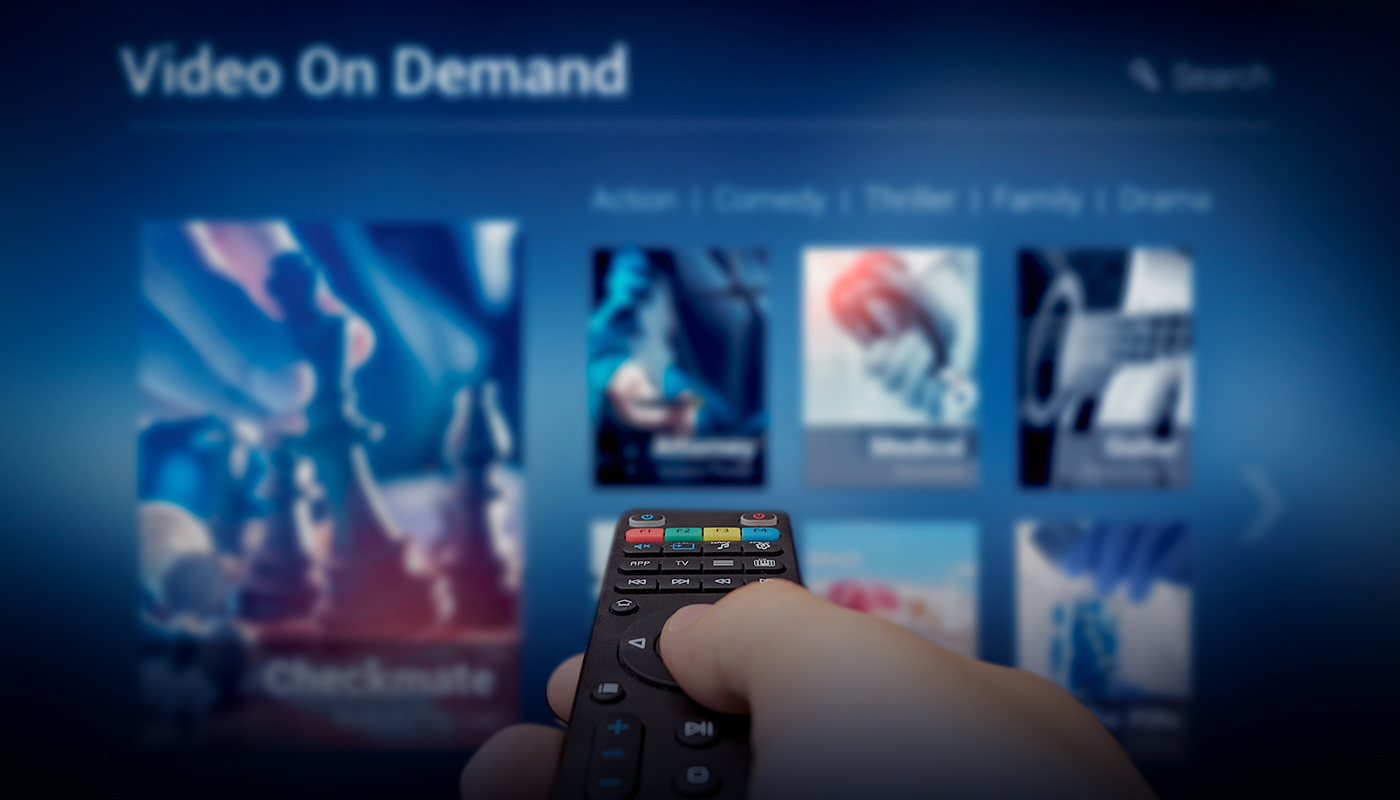What is a Facebook Pixel and Why Do You Need One?
You’ve heard of Facebook pixels, and you may have read they’re important, but are they really necessary for your campaign?
The answer is yes. Facebook pixels are an instrumental piece of a successful social campaign. The Facebook pixel is a powerful analytics tool that allows you to measure the effectiveness of campaigns, make optimizations to drive more performance, and report on a deeper level.
The pixel, installed on your website with a simple piece of code, will “fire” when someone takes a desired action on your website such as clicking a button, viewing a certain page, filling out a form, or adding an item to their shopping cart.
This not only allows you to measure results, but audiences can also be built based on these actions to enrich your campaign and re-message specific site-visitors based on their actions on your website.
Check out these things you can do with Facebook’s pixel:

Measure actual site visitors
When running a campaign with a focus on driving site traffic, Facebook defaults to measure link clicks as the primary metric. This can be helpful when paired with Google Analytics, but with the pixel, Facebook has devised a way to ensure that the metric you’re focused on is actual, relevant users. The pixel levels up your campaign from link clicks to “Landing Page Views.”
Link clicks simply measure the number of times a user clicks a link in your ad, while landing page views measure the number of times a user lands on your destination URL (landing page). This allows you to eliminate any potential bot traffic, inadvertent clicks from mobile scrolling or immediate bounces. It also provides a stronger sense of the performance of your ads with your targeted audience.

Measure on-site conversions
Whether you’re interested in generating leads for your CRM or driving e-commerce transactions, the Facebook pixel can help you reach (and measure) your goal. With the pixel installed, you have the ability to build custom conversions to measure specific user actions on your site, whether that’s landing on certain pages, clicking on buttons, submitting forms, or making purchases. This allows you to not only see how many conversions are directly attributed to your campaign’s efforts, but also optimize your campaign’s audience toward those most likely to complete your desired action.

Create (and serve to) audiences based on site activity
In addition to measuring the actions users take on your site, you can create audience segments of people who have made those actions. This allows you to collect the users who have taken the desired action (or any other actions you’ve set up) to serve to within your current or future campaigns. This is typically what we call “re-messaging” or “re-marketing.” If you’ve ever gone to a website and then been served ads for that company shortly after, you likely experienced re-messaging first-hand.

Expand your custom audiences
Not only can you target those who have previously been to your website or taken your desired actions, but you can additionally create lookalike audiences to find others similar to those on your site. Lookalike audiences are built to match attributes of those in your original audience – either by demographic information like age, gender, etc. or by interest based on your Facebook engagement – to find others just like them. This allows you to expand your audience to find more potential users without potentially sacrificing the quality of your audience.
If you are running a Facebook campaign, make sure you are utilizing the pixel to ensure that your target audience is reached and your goals are met.
A simple piece of code can make all the difference.
Contributed by Anne Cook, Social Media Strategist
INDUSTRY INSIGHTS
Blog Posts
Small Brand, Big Impact: Why Size Is Your Branding Advantage
In a world dominated by corporate giants, your small business’s branding isn’t just an expense—it’s your secret weapon. Learn how strategic branding creates authentic customer…
How Dad Jokes Accelerated a TikTok Account
When creating content for social media, consistency and clear audience expectations matter as much as quality. A 34-day TikTok experiment with Christmas dad jokes showed…
Social Media Trends in 2025
In 2025, brands must focus on authenticity, community, and agility on social media. Learn the top trends shaping the digital landscape and how to stay…


 Ad Choices
Ad Choices
